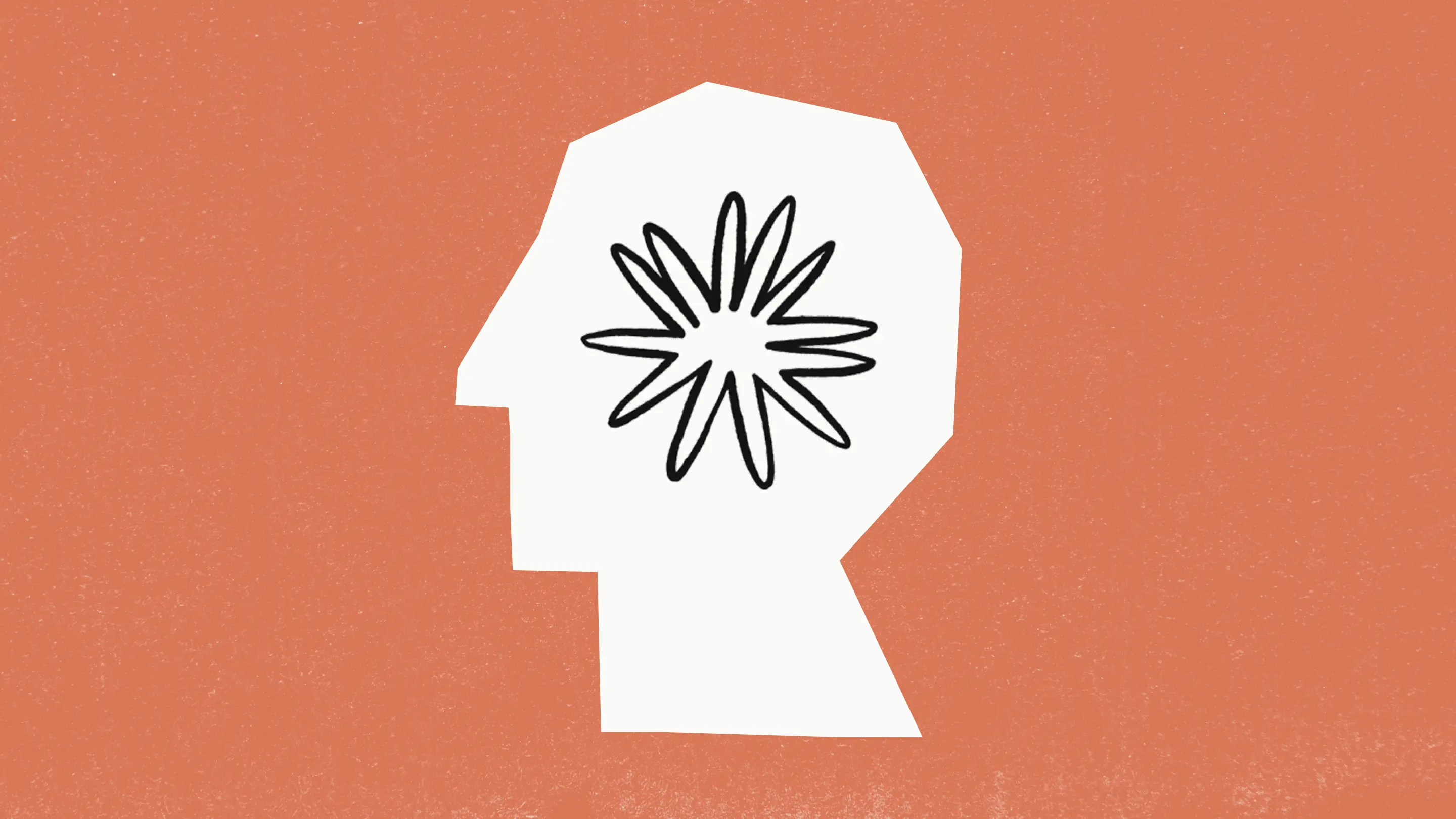
The landscape is rapidly evolving, shaped by groundbreaking tools and innovative methodologies. Projects like GitHub Spark, platforms like Cursor.com, and advancements in AI models are heralding a future where collaboration, artificial intelligence, and accessibility redefine how we build software. In this article for TrendMatrix, we delve into the emerging trends that are set to transform technology development in the coming years.
The Rise of AI-Powered Development Tools
Artificial intelligence (AI) and machine learning have become integral components of modern development tools, aiding developers in code completion, error detection, and suggesting optimizations.
Cursor.com is a prime example of this evolution. As an AI-enhanced code editor, Cursor.com provides developers with intelligent code suggestions, real-time debugging support, and seamless integration with various development environments. What sets Cursor.com apart is its provision of choice among different AI models. Developers can select the AI model that best suits their needs, whether it’s optimized for speed, accuracy, or specialized tasks. This flexibility empowers developers to tailor their coding experience and leverage the strengths of various AI models.
In the realm of AI models, competition is fostering rapid advancements. Multiple organizations are developing their own AI models for code assistance, such as OpenAI’s GPT series and Anthropic’s Claude. While specific details about Claude 3.5 are limited, earlier versions like Claude have contributed to the competitive landscape by offering alternatives to existing models. This competition among development models drives innovation, leading to improved performance, more features, and better accessibility for developers.
Sonnet innovations refer to advancements in machine learning frameworks, such as DeepMind’s Sonnet, built on TensorFlow. Sonnet allows developers to construct neural networks with greater ease and flexibility, promoting experimentation and rapid development in AI. These innovations simplify the implementation of machine learning models, making advanced AI more accessible across various domains.
Trend Insight: Expect AI to become even more sophisticated, transitioning from assistant roles to collaborative partners in coding. The competition among AI models will continue to accelerate advancements, providing developers with a plethora of options tailored to their specific needs. Future tools may autonomously handle routine coding tasks, enabling developers to focus on complex problem-solving and creative aspects of software development.
Collaborative Coding and Real-Time Development
The future is collaborative. Platforms are increasingly focusing on enabling real-time collaboration among developers, irrespective of their geographical locations. GitHub Spark exemplifies this by introducing features that allow multiple developers to work on the same codebase simultaneously, mirroring the collaborative nature of platforms like Google Docs but for code.
Trend Insight: Real-time collaboration tools will become standard, breaking down silos and fostering a more interconnected developer community. This shift will accelerate development cycles and promote knowledge sharing on an unprecedented scale.
The Proliferation of Low-Code and No-Code Platforms
As businesses strive for agility, low-code and no-code platforms are democratizing software development. These platforms enable individuals without extensive coding knowledge to create applications through intuitive interfaces and drag-and-drop functionalities.
Trend Insight: The boundary between developers and non-developers will blur further. We’ll see a surge in citizen developers who can create functional applications, thus accelerating digital transformation across industries.
Open Source: The Backbone of Innovation
Open-source communities continue to be the bedrock of technological advancement. Collaborative projects and shared repositories foster innovation and expedite problem-solving.
Trend Insight: Open-source will play an even more critical role in the future, with increased corporate support and contributions. This collective approach will drive standardization and interoperability across platforms and tools.
Emphasis on Security and Privacy
With the increasing complexity of software systems, security and privacy have become paramount. Developers are now required to integrate security practices throughout the development lifecycle, adopting a “shift-left” approach.
Trend Insight: Security will be deeply embedded into development workflows. Automated security checks, AI-driven vulnerability assessments, and compliance automation will become standard features in development tools.
The Advent of Quantum Computing and Advanced Technologies
Emerging technologies like quantum computing and blockchain are set to disrupt traditional development paradigms. Quantum computing promises exponential increases in processing power, which could revolutionize fields like cryptography, data analysis, and artificial intelligence.
Trend Insight: Developers will need to acquire new skills and adapt to these advanced technologies. Educational resources and tooling will evolve to support development in quantum environments and leverage blockchain for decentralized applications.
Competition Among Development Models
Competition among AI development models is a significant driving force in the evolution of development tools. Companies and open-source communities are continuously developing new models that compete on various fronts, such as accuracy, efficiency, and specialization.
This competition benefits developers by:
- Providing Choices: Developers can select from a range of AI models that best fit their project requirements. Platforms like Cursor.com exemplify this by offering a choice among different models, allowing developers to tailor their coding environment.
- Fostering Innovation: As models compete, they push the boundaries of what’s possible, leading to innovations in natural language understanding, code generation, and problem-solving capabilities.
- Enhancing Accessibility: Competition leads to the development of more user-friendly tools, lowering barriers to entry and enabling more people to participate in software development.
Trend Insight: The competitive landscape among AI models will intensify, leading to rapid advancements and diversification of tools available to developers. This will create an ecosystem where innovation thrives, and developers have access to cutting-edge technologies to enhance their productivity.
Conclusion: Embracing the Future
The future of technology development is a tapestry woven with AI, collaboration, and inclusivity. Tools like GitHub Spark and Cursor.com, along with the competitive advancement of AI models and innovations like Sonnet, are not just innovations; they are indicators of a broader shift towards a more connected and efficient development ecosystem.
Call to Action: To stay ahead in this dynamic landscape, developers and organizations must embrace these trends, invest in continuous learning, and foster a culture of collaboration and innovation.
Stay tuned to TrendMatrix.com for the latest insights and analyses on technology trends shaping our world.